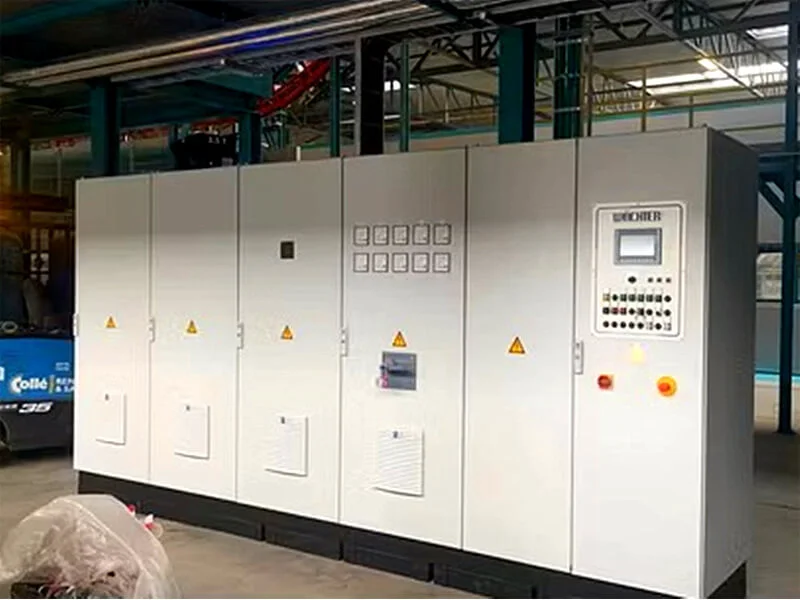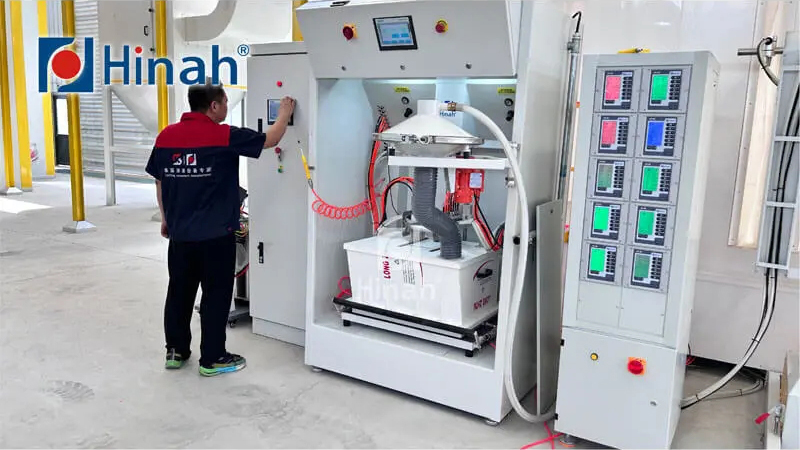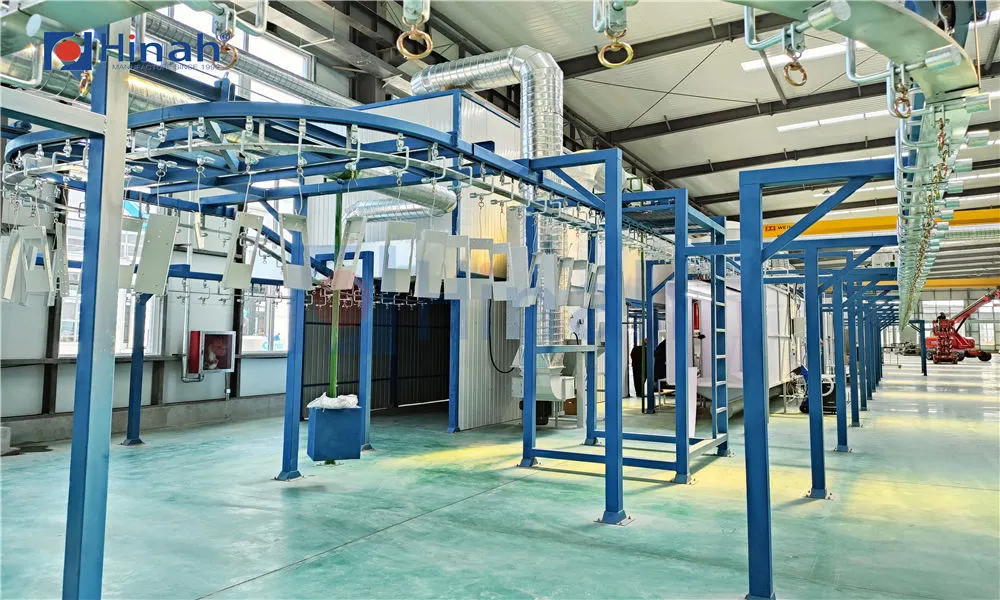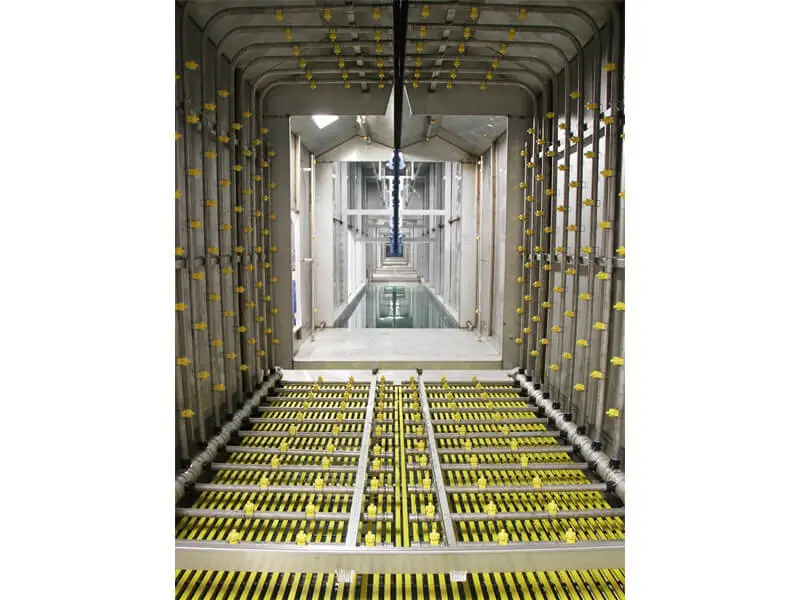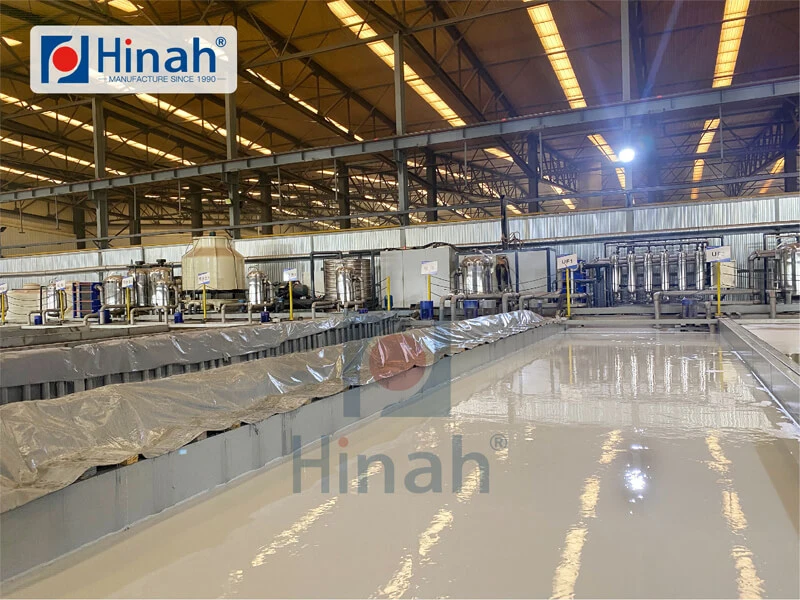In the world of modern manufacturing and metal fabrication, the finish is more than just aesthetics; it's a critical layer of protection, durability, and brand identity. At the heart of achieving this high-quality finish lies a crucial piece of technology: the spray booth powder coating system. This method has revolutionized surface finishing, offering a superior, more environmentally friendly alternative to traditional liquid paints. But what exactly goes into a successful powder coating operation? It’s not just about the powder itself; it's about the integrated system that contains, controls, and perfects the application process. This article delves deep into the world of industrial powder coating, exploring the core components, the criticality of a well-designed powder coating booth design, and how to troubleshoot common issues to maintain peak efficiency and quality.
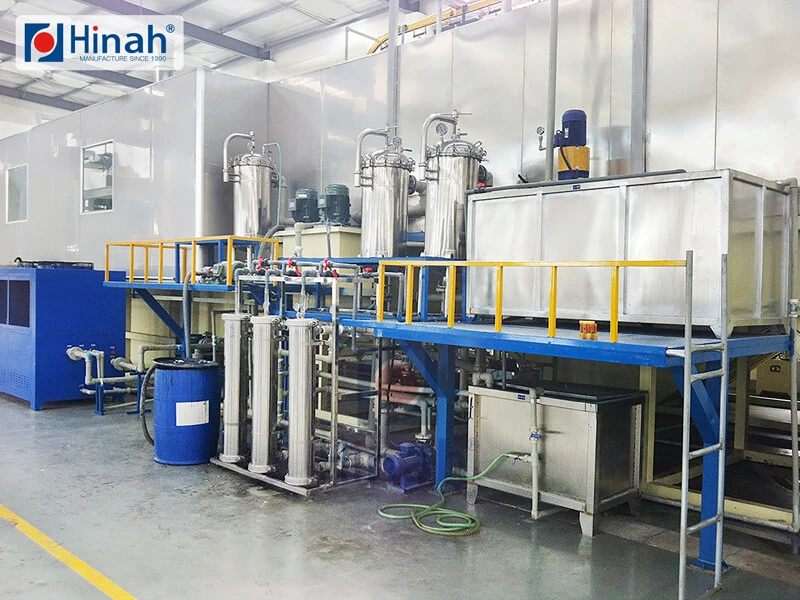
The Core of the Process: Understanding the Industrial Powder Coating Booth
An industrial powder coating booth is far more than a simple enclosure. It is a highly engineered environment designed to ensure the safe, efficient, and controlled application of powder. Its primary function is to contain the overspray—the powder that does not adhere to the part—and provide a clean, well-ventilated space for operators to work. The significance of the booth cannot be overstated. Without it, powder particles would contaminate the entire facility, posing health risks, creating a massive cleanup burden, and leading to significant material waste. A proper booth is the first line of defense in maintaining a clean plant and a consistent, high-quality finish. The effectiveness of the entire spray booth powder coating process hinges on the booth's ability to manage airflow. A balanced airflow system pulls the overspray away from the part and the operator, directing it toward the recovery system. This not only ensures a clean working environment but also prevents powder from settling on freshly coated parts, which can cause surface defects. When considering an industrial powder coating booth, factors like production volume, part size and shape, and the types of powders used will directly influence the choice of booth design and size.
Essential Powder Coating Equipment for a Complete System
A fully functional spray booth powder coating line is a symphony of interconnected components. Each piece of powder coating equipment plays a vital role in the workflow: Powder Spray Guns: The most recognizable piece of equipment, these guns electrostatically charge the powder particles as they are expelled. This charge causes the powder to be attracted to the grounded part, ensuring even coverage, even on complex geometries. Options range from manual guns for custom work to fully automatic guns for high-volume, repetitive tasks. Powder Feed System: This includes the fluidized powder hopper or module that supplies a consistent stream of powder to the spray gun. The fluidization process uses low-pressure air to aerate the powder, giving it a fluid-like consistency for smooth and consistent delivery. Powder Recovery System: This is what makes powder coating an efficient and cost-effective process. The recovery system, typically a cyclone or cartridge filter module, captures the overspray from the booth's airstream. In sophisticated systems, the recovered powder can be automatically sieved and mixed with virgin powder for reuse, dramatically reducing material consumption. Control Console: This is the brain of the operation. The control console allows the operator to finely tune critical parameters such as air pressure, powder flow rate, and electrostatic voltage, ensuring optimal application conditions for different parts and powders. The integration of all this powder coating equipment is key. A mismatch between the gun's output and the recovery system's capacity, for example, can lead to poor finish quality and excessive waste.
Why a Custom Powder Coating Booth is Often a Necessity
While standard booths work well for many applications, off-the-shelf solutions often fall short when faced with unique challenges. This is where investing in a custom powder coating booth becomes a strategic decision. A one-size-fits-all approach can create bottlenecks, limit capabilities, and increase long-term operating costs. So, when is a custom powder coating booth essential? Oversized or Unusually Shaped Parts: Coating large structural beams, agricultural equipment, or complex assemblies requires a booth designed specifically for their dimensions and configuration. High-Volume Production Lines: Standard booths may not handle the powder load or provide the necessary airflow for continuous, high-speed production. A custom design can optimize layout for workflow efficiency. Specialized Powder Types: Some powders, such as those containing special effect pigments or specific chemical compositions, may require unique airflow patterns or specific booth materials to prevent cross-contamination and ensure proper application. Space Constraints: When factory floor space is limited, a custom booth can be designed to fit into an irregularly shaped area, maximizing the use of available space without compromising functionality. A custom powder coating booth is engineered from the ground up to meet the precise needs of the application, ensuring maximum productivity, material efficiency, and finish quality.
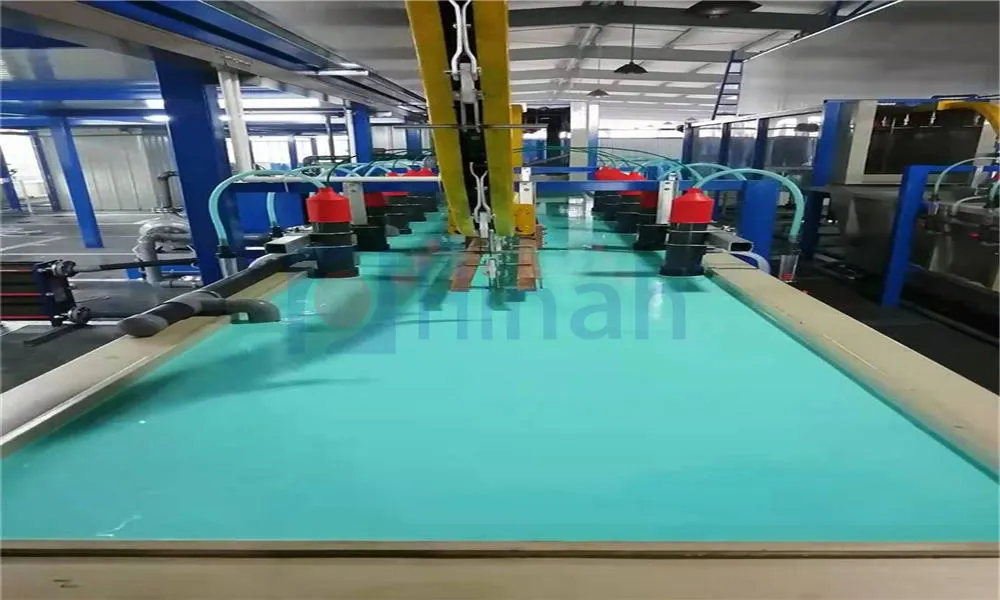
Key Considerations in Powder Coating Booth Design
The efficacy of an industrial powder coating booth is determined long before it's installed. It is rooted in the initial powder coating booth design phase. Several critical factors must be considered to create a system that is both effective and efficient. Airflow and Ventilation: This is the single most important aspect of powder coating booth design. The goal is to achieve a consistent, laminar (non-turbulent) airflow across the entire cross-section of the booth. This "curtain of air" smoothly carries overspray away from the part and into the recovery system. Poor airflow design results in powder escaping the booth, settling on parts, and creating a hazardous work environment. Booth Construction Materials: The interior surfaces of the booth must be smooth, non-porous, and electrically grounded. Common materials include stainless steel, coated carbon steel, and specialized plastics like polypropylene or MDF (Medium-Density Fiberboard). These materials prevent powder from sticking to the walls, making cleanup easier and reducing the risk of contamination. Lighting: Proper illumination is non-negotiable. Operators must be able to clearly see the part from all angles to ensure complete and even coverage. LED lighting is now the standard due to its bright, shadow-reducing light, low heat output, and energy efficiency. Access and Ergonomics: The powder coating booth design must account for the human operator. Easy-access doors, well-placed gun holders, and a comfortable working environment reduce operator fatigue and improve application consistency. For larger systems, integrated conveyor openings and part-rotation mechanisms are also part of the design calculus. A thoughtful powder coating booth design is an investment that pays dividends daily through reduced downtime, lower powder consumption, and a higher first-pass yield.
Common Challenges and Problems in Spray Booth Powder Coating Operations
Even with the best equipment and design, issues can arise. Understanding these common problems is the first step toward prevention and resolution. Poor Powder Coverage and Orange Peel: This textured finish that resembles orange skin is often caused by incorrect gun settings (voltage, air pressure), improper film thickness, or inadequate curing. It can also be a symptom of poor part grounding. Back Ionization (Faraday Cage Effect): This occurs when powder builds up in recessed areas and the electrostatic charge cannot properly penetrate, resulting in a starved, uneven finish. Solutions include adjusting gun technique, voltage, and using a smaller nozzle or different powder formulation. Contamination and Inclusions: Dirt, fibers, or cured powder particles embedded in the finish are a common headache. The source is often a dirty booth, contaminated powder (from poor recovery system maintenance), or a dirty pre-treatment line. Inconsistent Film Build: This can manifest as areas that are too thin (leading to poor protection) or too thick (leading to runs and poor adhesion). The culprit is usually an inconsistent gun-to-part distance, uneven gun movement, or fluctuations in the powder feed system. Low Transfer Efficiency: This refers to the percentage of powder that actually adheres to the part. Low efficiency means high waste. Causes include poor powder coating booth design (ineffective airflow), incorrect electrostatic settings, or using the wrong type of powder for the application. Powder Slough-Off: If powder falls off the part before it enters the cure oven, it indicates a loss of electrostatic charge, often due to insufficient part grounding. Ensuring the racking system is clean and making proper ground connections is vital.
Maintaining Your Spray Booth Powder Coating System for Longevity
Preventive maintenance is the key to avoiding the problems listed above and ensuring the long-term reliability of your spray booth powder coating system. A rigorous maintenance schedule should include: Daily: Clean the booth walls, floors, and gun components. Check and empty the collection hoppers in the recovery system. Inspect filters for pressure drop. Weekly: Perform a thorough cleaning of the entire system, including the exhaust fan and ductwork. Check for any wear and tear on hoses and electrical cables. Monthly: Conduct a deep clean of the recovery system, including cleaning or replacing cartridge filters. Calibrate the spray guns and control console to ensure settings are accurate. Annually: A comprehensive inspection by a qualified technician should be scheduled to check all electrical systems, airflow balances, and mechanical components. Conclusion A spray booth powder coating system is a sophisticated and integral part of any modern finishing operation. Its performance is not a matter of chance but of careful planning, from selecting the right powder coating equipment to investing in a proper powder coating booth design. For many businesses, a custom powder coating booth is the definitive solution to achieving unparalleled efficiency and quality. By understanding the role of the industrial powder coating booth, recognizing the importance of each component, and proactively addressing common issues, manufacturers can unlock the full potential of this advanced finishing technology, resulting in durable, beautiful, and high-value products.


